Everyone knows that canines are extremely sociable animals and love having us round. Sadly, some canines turn into anxious and distressed when they’re left on their very own and that is generally known as separation anxiousness.
The indicators {that a} canine will show with separation anxiousness are variable however are usually undesirable and damaging behaviors, inflicting upset for each them and their human household. If, as a pet proprietor, you’ve got ever suffered from anxiousness or anxious emotions your self, you possibly can perceive how disagreeable it’s to your pup.
Separation anxiousness shouldn’t be unusual, nevertheless it’s not all the time easy as to the place or when it began. To assist your canine study that it’s okay to spend a while on their very own, let’s confirm some info and solutions concerning separation anxiousness.

What Is Separation Anxiousness?
Separation anxiousness is the response your canine displays once you, their bonded carers, or the individuals they’re used to having round them are usually not there. This may happen if you happen to depart the home or your canine is left on the groomer. In excessive circumstances, it could be triggered by you merely leaving the room you’re each in.
Indicators of Separation Anxiousness
It may be terrible for you when, for instance, you come back house from leaving your canine to discover a clearly distressed pet. In an age the place stress and concern have gotten more and more frequent in canines, doubtless as a result of we have gotten extra conscious of it as a dysfunction, what are the indicators of separation anxiousness so you possibly can turn into conscious as rapidly as doable and take motion?
You might discover that your canine displays one or a number of of those indicators:
- Panting
- Shaking
- Any type of damaging habits, similar to chewing, ripping, and clawing at furnishings, flooring, or belongings
- Extreme drooling
- Clinginess, particularly after they suppose they will be left alone
- Urinating or soiling in the home, in an in any other case house-trained canine.
- Barking, howling, whining, whimpering, or crying
- Restlessness/pacing, unable to settle
- Ears pulled again or pinned down
- Licking their lips
- Tail between their legs
- Repetitive behaviors, similar to extreme licking
- Attempting to flee confinement and associated accidents
In case your canine is displaying indicators of separation anxiousness, we advise you communicate to a vet.
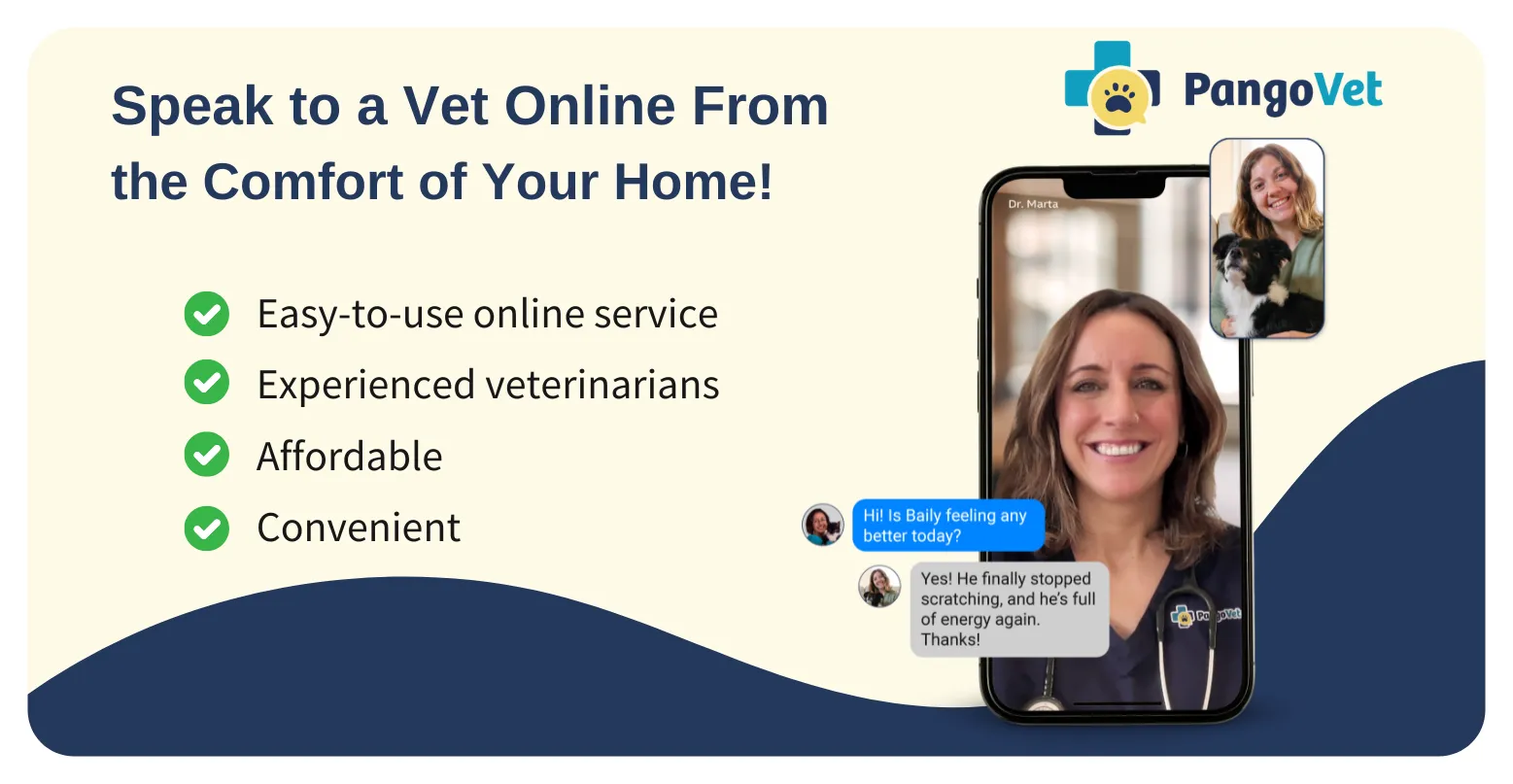

The 4 Recommendations on Assist Your Canine with Separation Anxiousness
This takes time, consistency, and persistence, however is feasible to resolve. The purpose is to assist your canine turn into much less fearful and extra relaxed when you find yourself not round whereas serving to your canine really feel much less reliant on you and different members of the family.
Separation anxiousness is a fancy and huge space to deal with, and recommendation and assist must be sought out of your veterinarian and a professional canine behaviorist to yield the most effective outcomes. A remedy plan may be very a lot based mostly on every canine and state of affairs.
Nevertheless, there are some normal steps to take.
1. Acknowledge the Indicators and Establish the Triggers
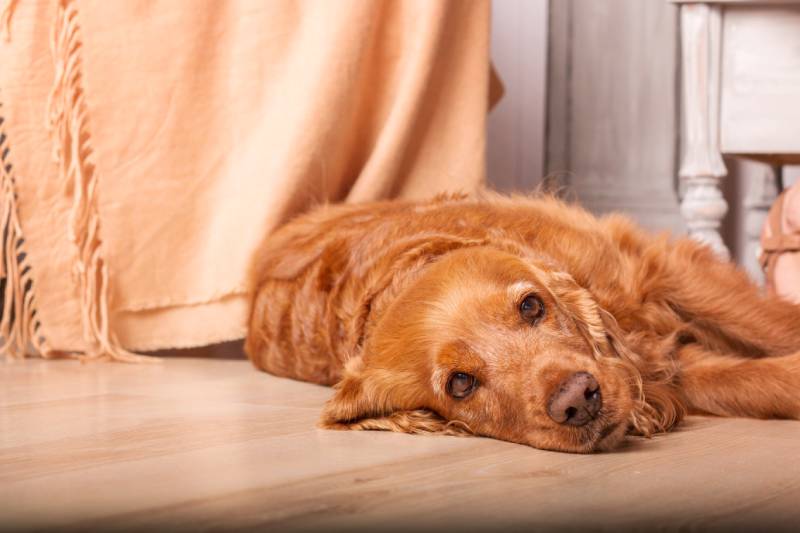
This initially reverts to the earlier checklist and also you as their pet mum or dad noticing the indicators and acknowledging there is a matter occurring needing your consideration. It’s then necessary to contact your vet to allow them to examine your canine for any medical situations that may show comparable indicators, earlier than figuring out that separation anxiousness is the foundation of the issue.
Though there can generally be an apparent disruptive life occasion, or a big change in routine that has led to the event of tension, usually the underlying purpose to your canine growing separation anxiousness shouldn’t be identified. It could possibly, nevertheless, be helpful to see if you happen to can pinpoint any particular triggers.
It’s advisable to watch your canine and write these down so you’ve got a transparent image. Is it once you depart the room or home, or is it once you depart them in unfamiliar locations? Is all of it of those? What indicators and behaviors do they exhibit and when? After how lengthy do they happen?
This will help you try to decipher if the behaviors are resulting from, or made worse by, loneliness, boredom, frustration, needing to go potty, wanting train, or due to noises and disturbances exterior.
2. Begin Coaching
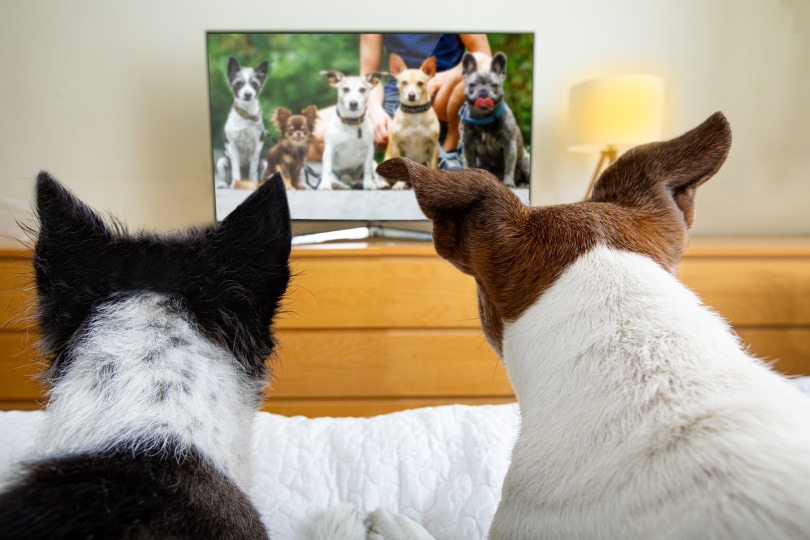
Some type of coaching or retraining program must be instigated, ideally underneath the route of a professional behaviorist. The next solutions are a useful begin for many canines.
- Don’t depart your canine alone for lengthy durations. Arrange your cellphone or digicam to document your canine whilst you step exterior. Discover how lengthy it takes for his or her anxious behaviors to start out. With this info in thoughts, scale back the period of time you allow them earlier than you come back house to simply earlier than the anxious habits begins, after which improve slowly from there. Reward optimistic habits and be according to return occasions. Some canines might not be capable of be left alone for any time frame firstly of a desensitization course of.
- Go away particular or favourite toys out to occupy and distract them. If they’ve one thing fascinating and enjoyable to do if you are gone, this will help. Examples could be safety stuffed toys/teddies or blankets, their favourite balls, interactive puzzles, and deal with balls and toys that you would be able to stuff and fill with treats.
- Meet their primary wants. Have they been walked or taken out for a potty break? Did they really urinate or defecate? Have they been correctly exercised? Have they been fed? Is the home too chilly or scorching? Have they got water?
- Decrease disturbances. To a sure diploma, and relying on the issue or noise, the next concepts might show you how to:
- Shut the curtains, blinds, or shutters on all home windows and doorways
- Go away a radio or TV on to muffle noises
- Place them in a quiet house or room
- Introduce desensitization or counter-conditioning coaching. These are often suggested and derived out of your vet or behaviorist and tailor-made to your particular person canine’s wants. A desensitization program in essence regularly will get them used to being house alone by leaving them for brief durations to start out with, and regularly constructing as much as longer durations of time.
- By no means punish your canine for undesirable or adverse traits and behaviors. Ignore the adverse traits and incidences as an alternative and provides them no thoughts. Solely reward optimistic and needed actions and behaviors.
- Canine sitters and walkers. These are useful choices and are really helpful if you’re leaving any canine for greater than 4 hours. Having different individuals examine in on them periodically can be tremendous comforting and useful to them (and also you!).
Your veterinarian or behaviorist might counsel anxiousness treatment or comparable to assist with their retraining program.
3. Don’t Ignore the Problem
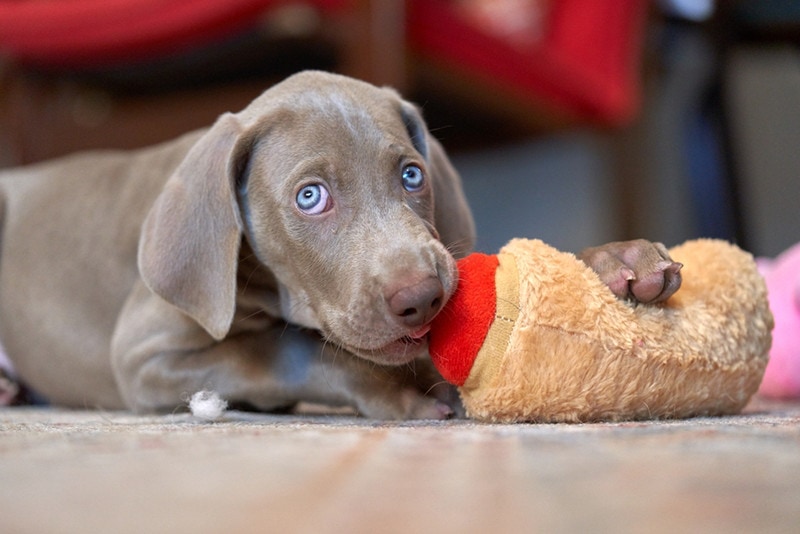
Letting your canine “cry it out” is recommendation given by some coaching guides. This method, sadly, is practiced fairly broadly however it’s neurologically damaging and must be averted. This is because of:
- Canine and puppies left to cry it out and tolerate it would solely study that being alone is terrifying.
- Every time your canine is distressed, stress hormones happen and are launched within the physique which might take days to scale back and return to regular ranges. This will likely trigger adverse long-term results and issues along with your canine’s bodily and psychological well being and state.
- Some canines, when utilizing this apply, solely study that asking for his or her proprietor to come back again doesn’t work and they’ll undergo in silence.
4. Get a Specialist Concerned
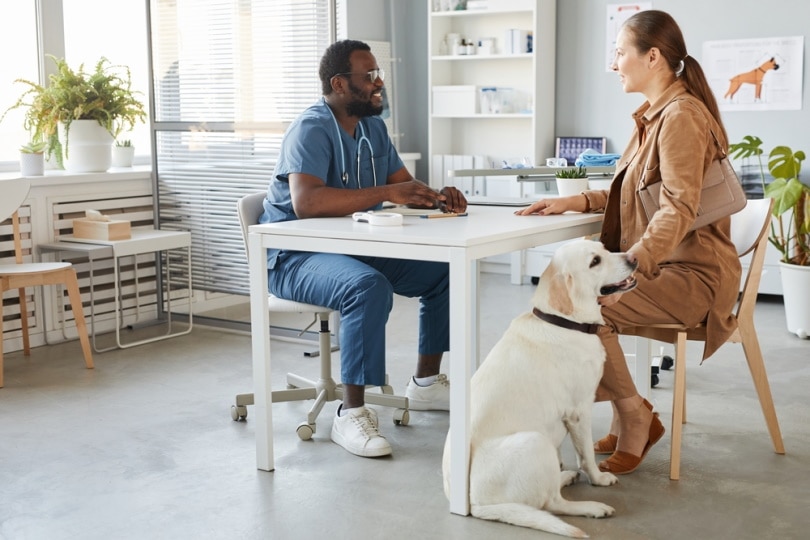
With circumstances similar to separation anxiousness, particularly if you happen to tried the recommendation from right here or from different respected sources, getting a specialist concerned is vital. Treating separation anxiousness could be advanced and take time so it’s all the time really helpful to hunt recommendation from a veterinarian, or a medical behaviorist.
Any knowledgeable must be licensed and totally certified and it’s possible you’ll want to get info from locations similar to The American Veterinary Society of Animal Behaviour.
Do you’ve got an anxious canine? A high-quality, pet-safe CBD oil could possibly assist. We like CBDfx’s Pet Tincture, which is available in 4 completely different energy ranges and is constituted of human-grade, natural hemp. Even higher, your canine will love the pure bacon taste!

Conclusion
Separation Anxiousness in canines is an enormous subject to unravel. Relaxation assured, although, there may be loads of assist out there. At all times seek the advice of along with your veterinarian or canine behaviorist and act as quickly as you discover any indicators moderately than ignoring it or seeing the way it goes. Separation anxiousness will solely turn into worse and won’t get higher if no intervention is taken.
See Additionally:
Featured Picture Credit score: eva_blanco, Shutterstock







